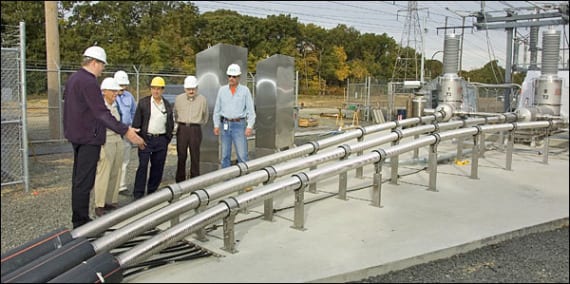One of the most obvious themes of the renewable energy growth phase the world is in right now is uncertainty. There seems to be a lot of confusion about the costs of solar and wind power vs. fossil-fuel-based and nuclear-generated electricity. That solar power costs have dropped dramatically in the last six years does not seem to have sunk in completely with the public. At the same time, there are still a number of interested parties that actively oppose renewable energy.
They create seeds of doubt about renewables, explained a lobbyist that works with oil and gas companies.“You get in people’s mind a tie. They don’t know who is right. And you get all ties because the tie basically insures the status quo. Fear and anger have to be part of this campaign. If you want to win, that’s what we’re going to do.”
Now, let’s include energy storage in the mix to add to the confusion. It would be great if we could all get solar panels on our homes and large, cheap batteries as well, in order to store the electricity they generated. It’s true that more and more homeowners are getting solar panels, but large, cheap home energy systems don’t exist yet. It does appear that they will be coming, however.
One point of clarity, though, in this period of transition seems to be that some institutions are investigating grid-scale energy storage systems. These are big systems with megawatt+ capacities. They are being looked into by organizations that have tended to be conservative, so this activity suggests that energy storage is getting close to being competitive, if it isn’t yet. In other words, it’s not something only for people living in an isolated area in a cabin with their own power and storage system.
One of six recently announced projects is linked to the Long Island Power Authority. LIPA requested proposals “to install up to 150 MW of Energy Storage resources that would assist black start operations by serving as a load and also complement planned increases in renewable resources.”
The Hawaii Electric Company also sent out a request for proposals for 60 to 200 MW of energy storage. Energy storage could help balance loads on a grid that is being stretched by new inputs from solar and wind power.
In Los Angeles, a request for proposals was sent out for a 50 MW energy storage system. The California Public Utilities Commission also released a proposal for 1.3 GW of energy storage by 2020.
Also in California, the Imperial Irrigation District (IID is looking into 20 MW to 40 MW of energy storage.
Finally, the state of New Jersey has issued a competitive solicitation for $3 million worth of energy storage.
The energy storage market is growing. Surely, this is a positive sign.
Source: CleanTechnica. Reproduced with permission.











